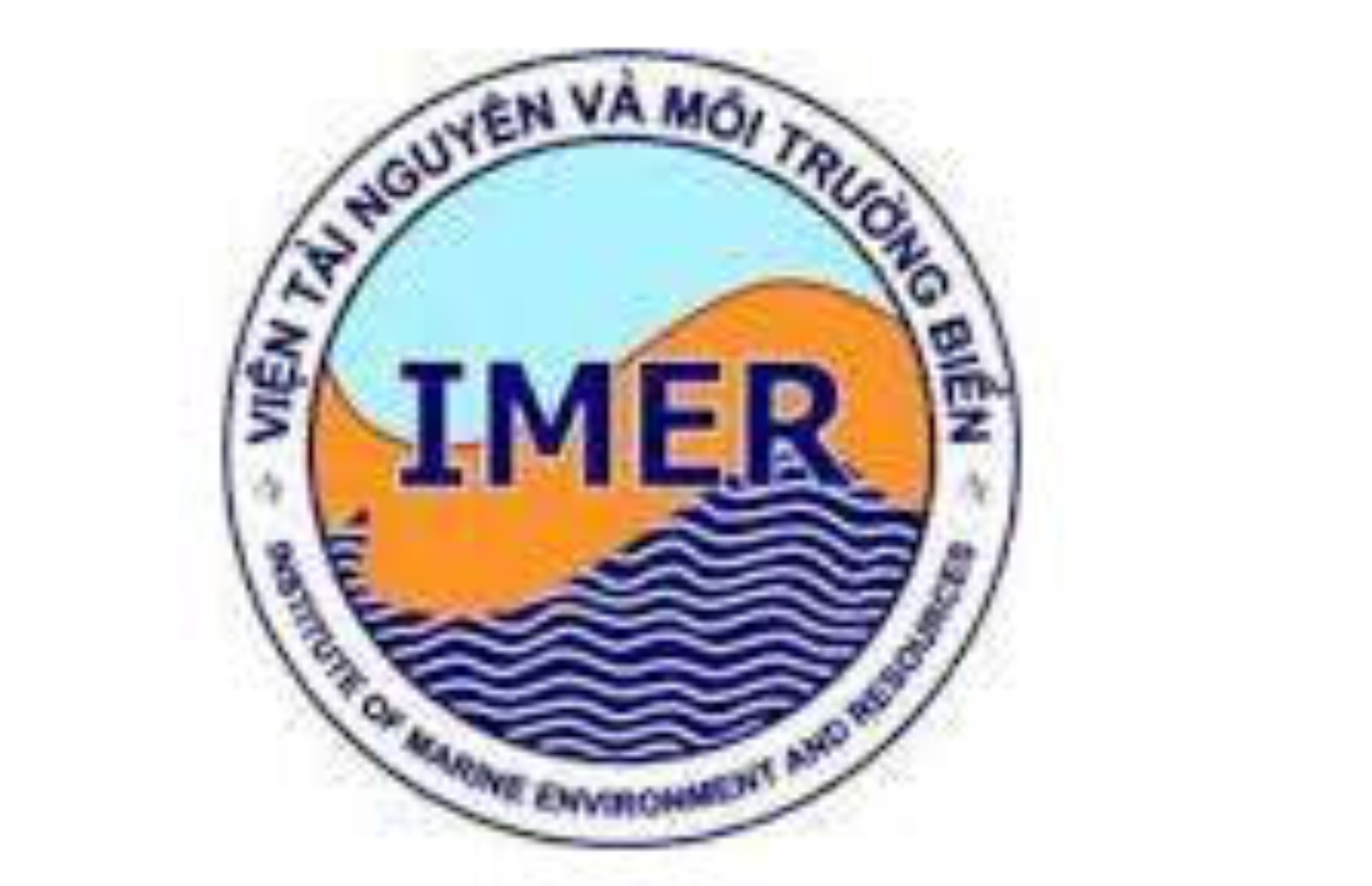Application of the wavelet transform modulus maxima and scale normalization to determine gravity anomalies of adjacent sourses
Author affiliations
DOI:
https://doi.org/10.15625/1859-3097/19/1/10458Keywords:
Gravity anomalies of adjacent sources, new mother wavelet, wavelet transform modulus maxima (WTMM), correlative function, scale normalization.Abstract
Nowadays, the wavelet transform is frequently used in processing and interpretaion of potential field data, to detect accurately the location of the anomaly sources and their properties. For gravity anomalies of adjacent sources, they always superimpose upon each other not only in the spatial domain but also in the frequency domain, making the identification of these sources significantly problematic. In this paper, a new mother wavelet for effective analysis of the locations of the close potential field sources was introduced. By theoretical modeling, using the wavelet transform modulus maxima (WTMM) method, we set up a correlative function between the scale parameter and gravity source depth. Moreover, a scale normalization on the wavelet coefficients was applied to enhance resolution for the separation of these sources in the scalograms, thereby determining their depth. After verifying the reliability of the proposed method on the modeling data, we proposed a process for the location of the gravity anomalies of adjacent sources using the wavelet transform, and then application for analysing some of the gravity profiles in the Mekong Delta. The results of this interpretation were consistent with previously published results, but the level of resolution for this technique was quite coincidental with other methods using different geological data.Downloads
Metrics
References
Kumar, P., and Foufoula‐Georgiou, E., 1997. Wavelet analysis for geophysical applications. Reviews of geophysics, 35(4), 385–412.
![]()
Ouadfeul, S., 2006. Automatic lithofacies segmentation using the Wavelet Transform Modulus Maxima lines WTMM combined with the Detrneded Fluctuation Analysis DFA.
![]()
Ouadfeul, S., 2007. Very fines layers delimitation using the wavelet transform modulus maxima lines (WTMM) combined with the DWT, SEG SRW, Antalya, Turkey.
![]()
Ouadfeul, S. A., Aliouane, L., and Eladj, S., 2010. Multiscale analysis of geomagnetic data using the continuous wavelet transform: A case study from Hoggar (Algeria). In SEG Technical Program Expanded Abstracts 2010 (pp. 1222–1225). Society of Exploration Geophysicists.
![]()
Fedi, M., and Quarta, T., 1998. Wavelet analysis for the regional‐residual and local separation of potential field anomalies. Geophysical Prospecting, 46(5), 507–525.
![]()
Li, Y., Braitenberg, C., and Yang, Y., 2013. Interpretation of gravity data by the continuous wavelet transform: The case of the Chad lineament (North-Central Africa). Journal of Applied Geophysics, 90, 62–70.
![]()
Duong Quoc Chanh Tin, Duong Hieu Dau, 2016. Interpretation of the geomagnetic anomaly sources in the Mekong delta using the wavelet transform modulus maxima. Workshop on Capacity Building on Geophysical Technology in Mineral Exploration and Assessment on Land, Sea and Island, Ha Noi. Pp. 121–128.
![]()
Mallat, S., and Hwang, W. L., 1992. Singularity detection and processing with wavelets. IEEE Transactions on Information Theory, 38(2), 617–643.
![]()
Xu, Y., Weaver, J. B., Healy, D. M., and Lu, J., 1994. Wavelet transform domain filters: a spatially selective noise filtration technique. IEEE Transactions on Image Processing, 3(6), 747–758.
![]()
Thompson, D. T., 1982. EULDPH: A new technique for making computer-assisted depth estimates from magnetic data. Geophysics, 47(1), 31–37.
![]()
Sailhac, P., Galdeano, A., Gibert, D., Moreau, F., and Delor, C., 2000. Identification of sources of potential fields with the continuous wavelet transform: Complex wavelets and application to aeromagnetic profiles in French Guiana. Journal of Geophysical Research: Solid Earth, 105(B8), 19455–19475.
![]()
Farshard, S., Amin, R. K., and SiahKoohi, H. R., 2010. Interpretation of 2-D Gravity Data using 2-D Continuous Wavelet Transform Introduction. In 72nd EAGE Conference & Exhibition incorporating SPE EUROPEC.
![]()
Dương Hiếu Đẩu. 2013. Phân tích tài liệu từ và trọng lực sử dụng biến đổi wavelet liên tục. Nxb. Đại học Quốc gia thành phố Hồ Chí Minh.
![]()
N. T. Thủy, T. T. Thịnh, N. T. Thinh, 2009. Cấu trúc địa chất vùng ven biển và biển ven bờ tỉnh Sóc Trăng và các vùng phụ cận theo tài liệu địa Vật lý. Hội nghị khoa học kỹ thuật Địa Vật lý Việt Nam. Nxb. Khoa học và Kỹ thuật.
![]()
L. T. Trung, V. V. Phái, V. T. Anh, 2014. Đặc điểm địa mạo dải ven biển Sóc Trăng - Cà Mau (từ cửa Định An đến cửa Tiểu Dừa). Tạp chí khoa học ĐHQGHN: Các khoa học Trái đất và Môi trường, 30(3), 55–72.
![]()









